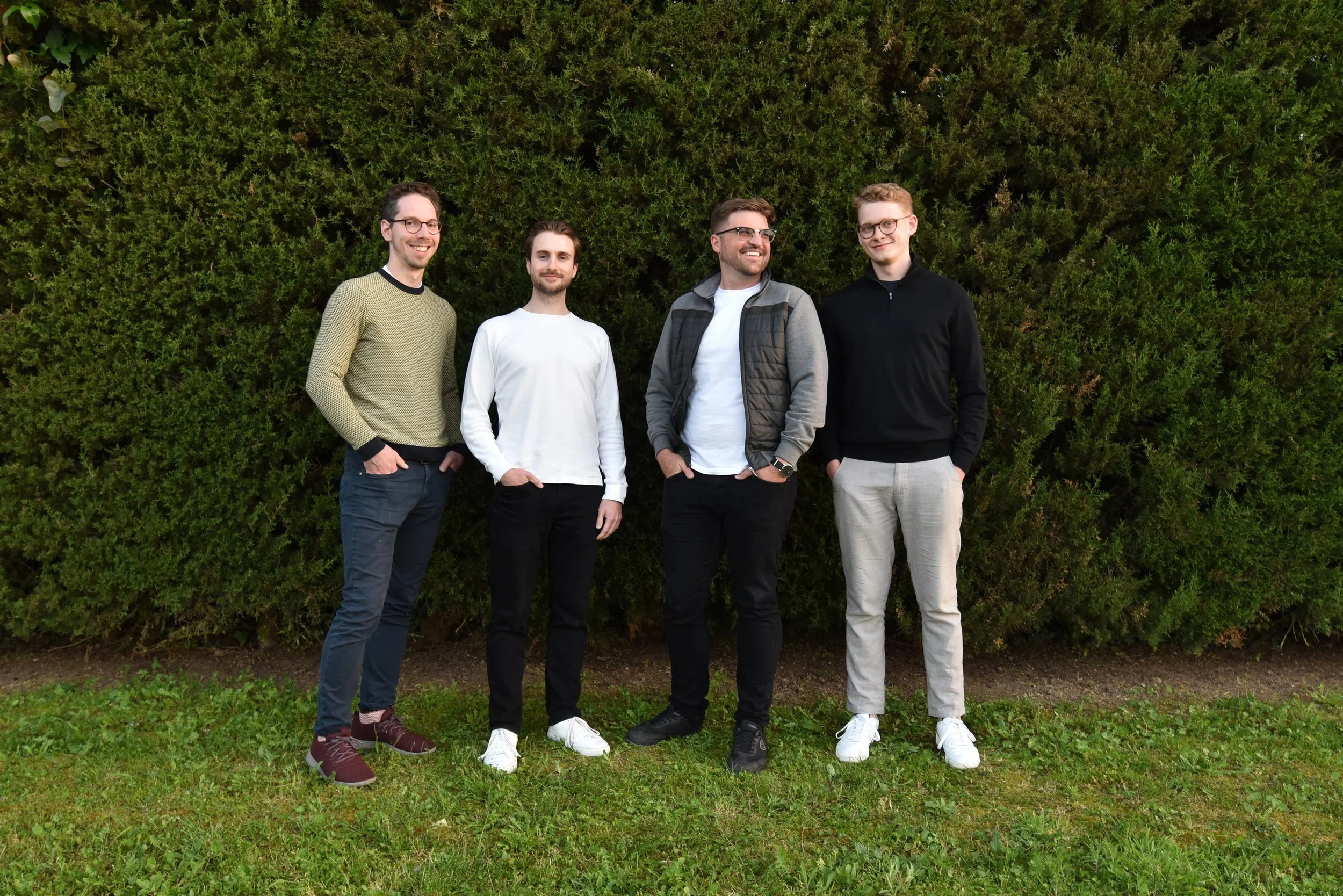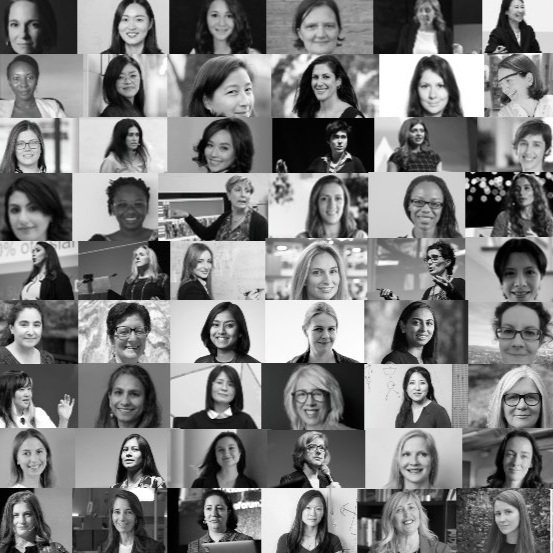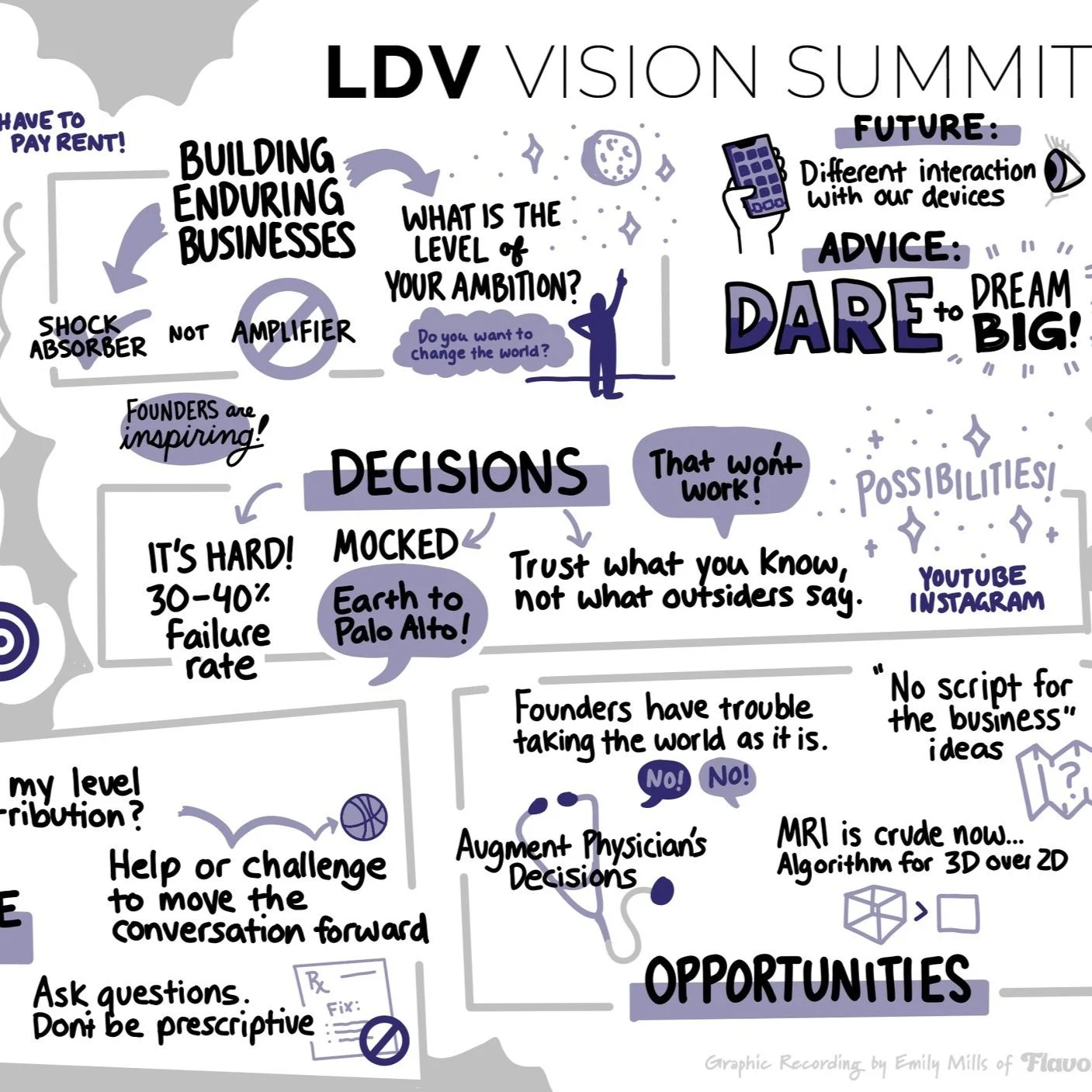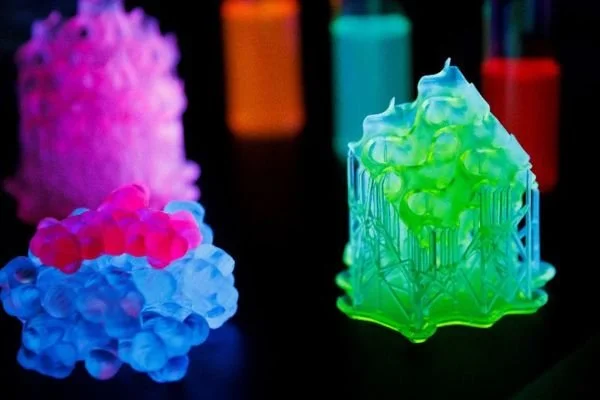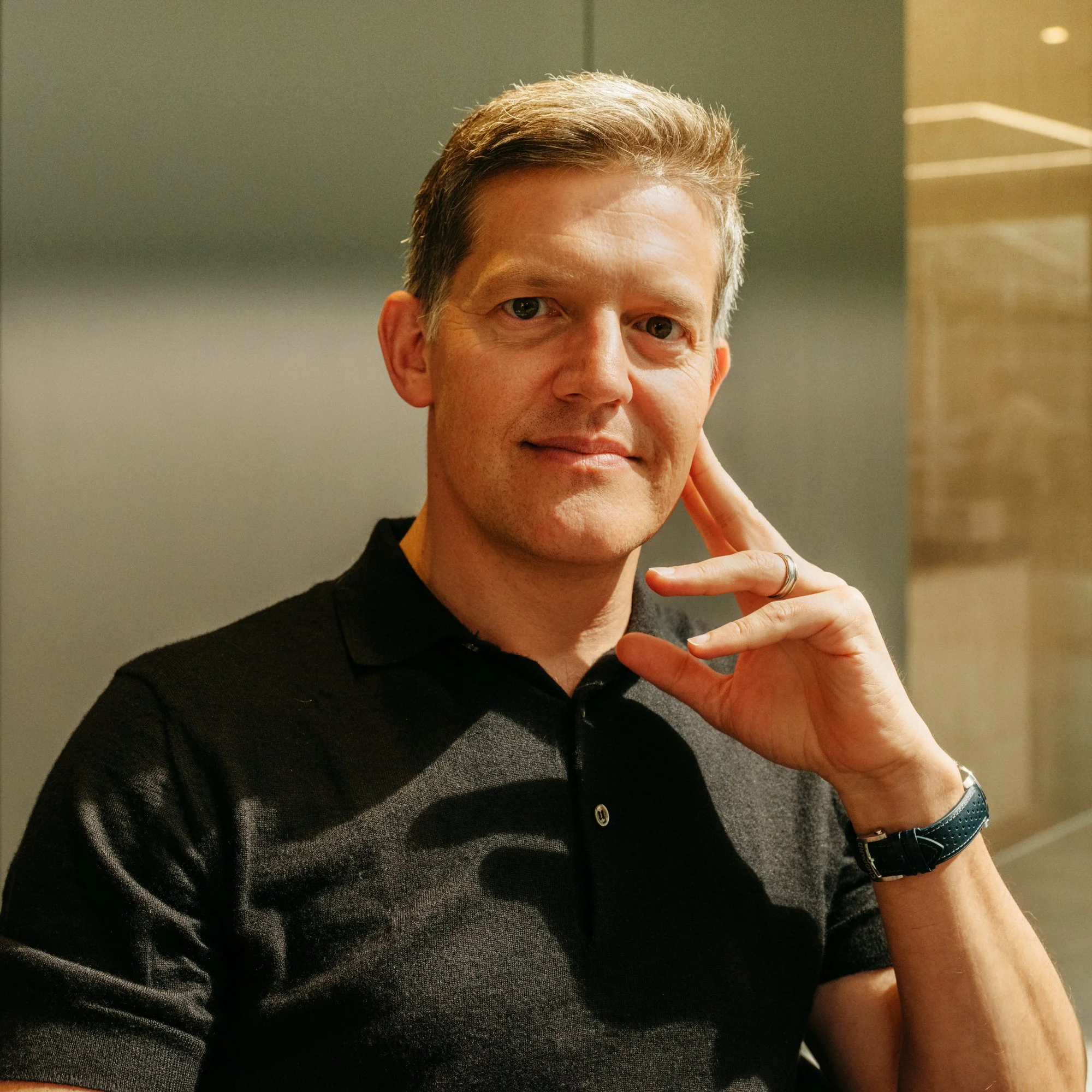Gardin Enables Producers to Grow More Nutritional Food While Lowering Production Costs
/Sumanta Talukdar is the founder and CEO of Gardin, a UK-based optical phenotyping hardware/software startup. He has deep tech expertise in physics and photonics. Gardin is on a mission to create more nutritional and sustainable food. Since his previous venture, WaveOptics, was an augmented reality (AR) startup that made the waveguides and projectors used in AR glasses, Sumanta is not new to the world of visual technologies. WaveOptics was acquired by Snap for more than $500M.
In 2020, we at LDV Capital led the $1.2 pre-seed financing of Gardin after building our conviction around the power of automated phenotyping in our 2020 LDV Insights research. Most recently, in December 2021, Gardin announced $10.8 million in a seed funding round led by Molten Ventures, with participation from us at LDV Capital as well as MMC Ventures, and Seedcamp.
The following text is the shortened transcript of Sumanta Talukdar’s keynote speech from our 7th Annual LDV Vision Summit.
On February 2, 2021, the Dasgupta report – Independent Review on the Economics of Biodiversity – was published and commissioned by Her Majesty's (HM) Treasury. It’s another data point that sustainable food production and economies are now intertwined. This will only accelerate change.
We're seeing evidence of technology maturity in the ecosystem and opportunities being created. Various companies are leveraging visual data for important advancements in agriculture.
A few examples include:
predicting crop yields using hyperspectral imaging from satellites;
food sorting;
crop harvesting;
measuring crop yields using LiDAR.
How should food be measured?
In every industry that I've been involved in, there's always been a maniacal focus on measuring the product. If you do this right, then two things happen:
you make a better product;
you optimize the supply chain.
If the purpose of food is to provide us with nutrition, then shouldn't that be what we're measuring? A couple of years ago, we discovered that this wasn't the case and this is why we started Gardin.
Gardin is a full-stack company, developing sensors and analytics to remotely measure plant physiology, and correlate this with a growth environment. This enables food producers to grow higher nutritional density produce and can lower their food production costs. The two of these are not mutually exclusive.
Leveraging Visual Technology to Maximize Yields and Minimize Poor Consumption
© 2020 LDV Insights Report: “Visual Technologies Driving Innovation in 15 Food & Agriculture Sectors”
We're using a combination of multispectral sensing, data fusion, computer vision, and machine learning.
On the sensing side, we're using a combination of fluorescent, spectral, and thermal because each one of these techniques on its own can tell you when a plant or a crop is stressed, but it can't tell you why. Using a permutation of these techniques, you can tell when a crop or a plant is stressed or not and why. This means that our clients can now make meaningful interventions.
Computer vision is key to what we're doing because we need to maximize the signal-to-noise ratio and minimize poor consumption. Using computer vision, we can identify regions of interest within the plants and optically crop only these locations. This improves the signal-to-noise ratio and keeps our computer overhead low.
Traceability in our application and industry is also important, and by combining computer vision with known plant traits, we can track a plant throughout its growth cycle and post-harvest.
Gardin Plans to Lower Emissions
Nutritional density is the new metric for quantifying food value and enhancing food production. What we are doing today has application not just in farming or pre-harvest, but throughout the supply chain – picking, sorting, processing, logistics, etc.
Next, farming is more precise with sensing and automation platforms quantifying the produce per plant rather than per field or per hectare. As a direct result, agricultural production emissions started to slow with emissions from energy use and fertilizer, and this field started to return to pre-2010 levels.









